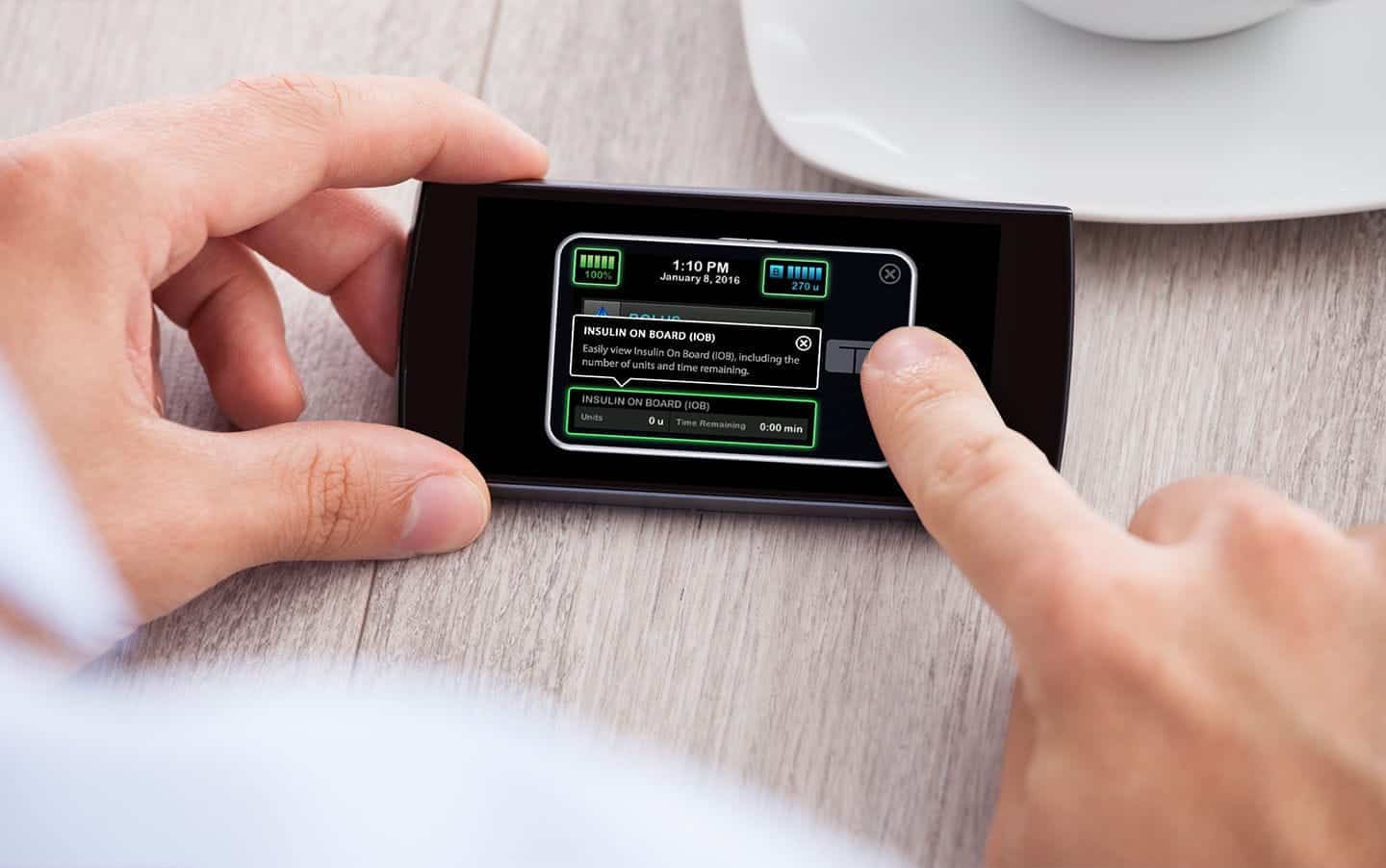Tandem Diabetes Care, a medical device company, has announced the enrolment of patients in a trial for its t:slim X2 Insulin Pump using predictive low glucose suspend technology.
A significant step towards artificial pancreas, the predictive low glucose suspend (PLGS) is an algorithm that allows Tandem to automatically suspend insulin delivery when it predicts low glucose and resume it when glucose starts to rise again. The system comprises Dexcom’s G5 continuous glucose monitor and Tandem’s t:slim X2 insulin pump and its predictive low-glucose suspend (PLGS) algorithm.
“The start of this pivotal trial is another important step forward in our automated insulin delivery programs, and comes on the heels of very encouraging feasibility study data,” said CEO Kim Blickenstaff, “We remain on track to submit our t:slim X2 Pump with predictive low glucose suspend to the [Food and Drug Administration] in early 2018.”
The pivotal trial, which is part of the data Tandem needs to collect for its FDA submission, will include 90 participants at 6 research centers around the country. Participants will be randomized into two groups that will each be monitored for three weeks as they manage their insulin at home. Both groups will use a t:slim X2 Pump from
“Mild to moderate hypoglycemia occurs frequently during the day for people with type 1 diabetes, but of more concern is the severe hypoglycemia which can occur at night causing seizures or even death. This is a real concern to all people living with type 1 diabetes, and especially parents of children with type 1,” said Dr. Bruce Buckingham, Professor of Pediatric Endocrinology at The Lucille Salter Packard Children’s Hospital, Stanford University, and principal investigator of the PROLOG trial. “This new PLGS algorithm will allow for the automatic suspension of insulin delivery when glucose is predicted to be low. This is beneficial throughout the day but can be lifesaving at night when a person is otherwise unable to react.”
The primary outcome measure of the study will be glucose sensor values, and the secondary outcome measures include glucose control and instances of hypo- and hyperglycemia.






























